
BE THE FIRST TO KNOW
Subscribe to the Porto eCommerce newsletter to receive timely updates from your favorite products.
When you're building or renovating your home, choosing the right flooring is a big deal. It affects how your space looks and how well it holds up over time. Vinyl has become a popular choice because it’s affordable, durable, and easy to work with—but not all vinyl is the same.
That’s where the Luxury Vinyl vs Sheet Vinyl debate comes in. These are the two most common types of vinyl flooring, and understanding the difference between them can help you make the best choice for your space.
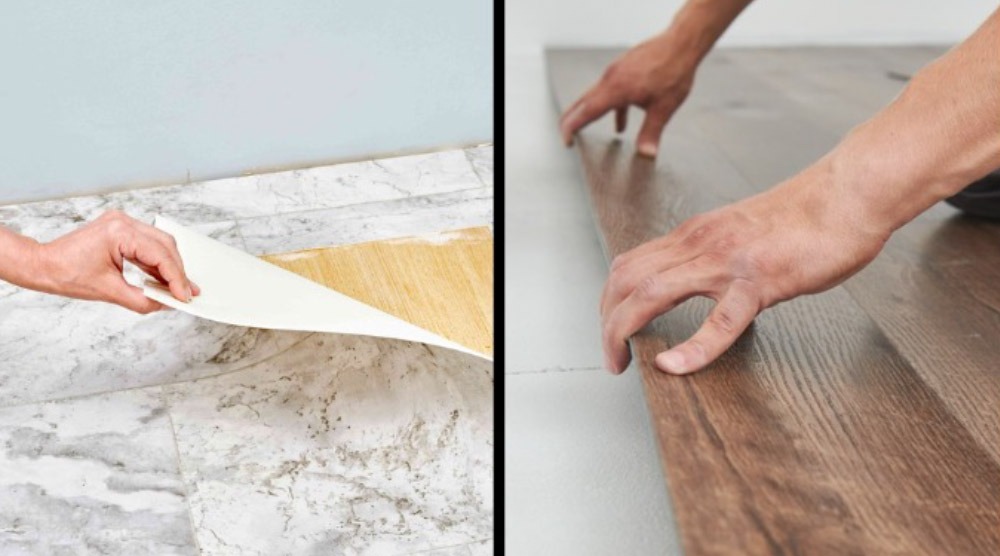
Each type has its own pros and cons. Some people want a floor that looks like real wood or stone. Others just need something simple and budget-friendly. This guide will walk you through how luxury vinyl and sheet vinyl compare, so you can decide which one works best for your home.
Vinyl flooring comes in various forms, but the two main categories are luxury vinyl and sheet vinyl. These vinyl floor types differ in composition, installation, and overall performance. Vinyl is usually made from polyvinyl chloride (PVC) combined with other materials to create a durable flooring option.
Sheet vinyl and luxury vinyl represent two distinct approaches to vinyl flooring. Sheet vinyl is a continuous piece of flooring material that comes in rolls, typically 6 or 12 feet wide. In contrast, luxury vinyl is made up of individual pieces designed to mimic natural materials like hardwood or tile floor.
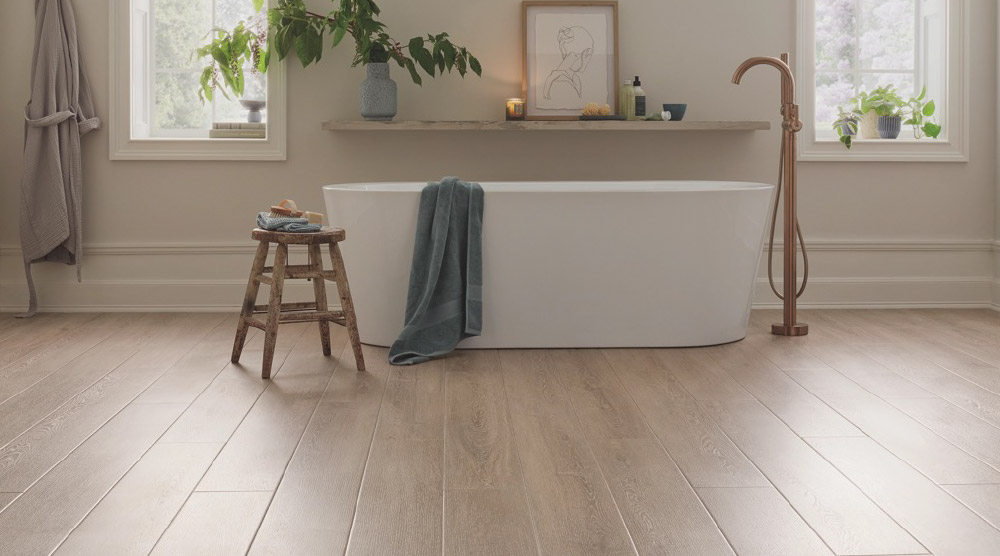
Luxury vinyl flooring is a premium type of vinyl flooring that has gained significant traction in the flooring industry. It comes in two primary forms: luxury vinyl plank (LVP) and luxury vinyl tile (LVT). Luxury vinyl plank flooring is designed to replicate the look of hardwood, while LVT flooring mimics the appearance of ceramic tile or natural stone.
What separates luxury vinyl planks and tiles from traditional vinyl is the construction. Luxury vinyl is typically thicker and includes multiple layers, including a wear layer that protects against scratches and stains, similar to laminate flooring. This layered approach makes luxury vinyl flooring more durable and realistic-looking than its counterparts. The flooring is designed with advanced imaging technology that creates remarkably authentic wood or stone appearances.
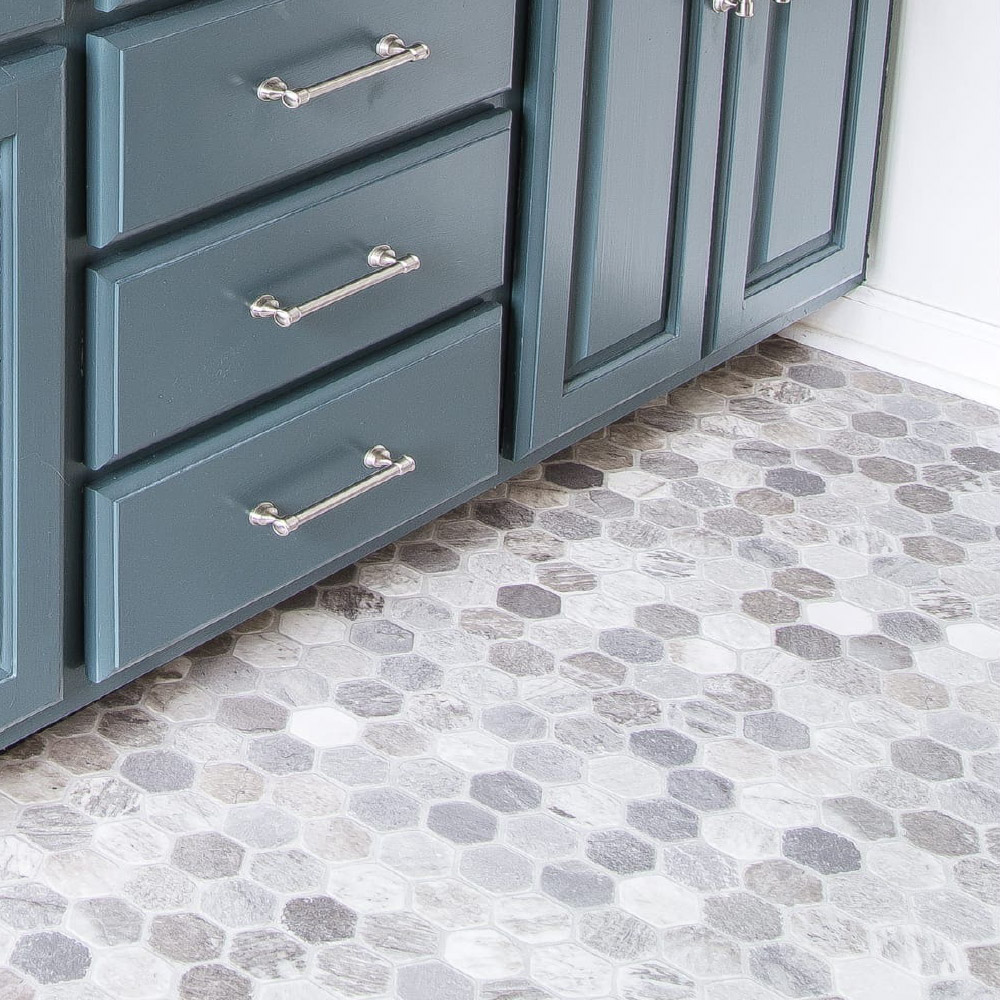
Sheet vinyl flooring is one of the oldest forms of vinyl flooring, having been a popular choice in homes for decades. Unlike luxury vinyl, which consists of individual pieces, sheet vinyl and vinyl sheet flooring is made in large, continuous sheets. This flooring is easy to install in one piece, particularly in smaller spaces like bathrooms.
Traditional vinyl in sheet form offers seamless installation, which means fewer places for water to seep through—making it an excellent waterproof flooring option for moisture-prone areas.
Sheet vinyl flooring is available in various patterns and designs, though typically with less realistic visuals than luxury vinyl. The vinyl flooring is made with a simpler construction, usually consisting of a backing layer, a design layer, and a wear layer, though the wear layer is generally thinner than what you'd find in luxury vinyl.
When considering flooring material options, durability often tops the list of priorities, particularly when evaluating luxury vinyl against wood flooring. In the vinyl vs other flooring materials debate, vinyl generally performs well, but there are notable differences between luxury vinyl plank and sheet vinyl when it comes to longevity.
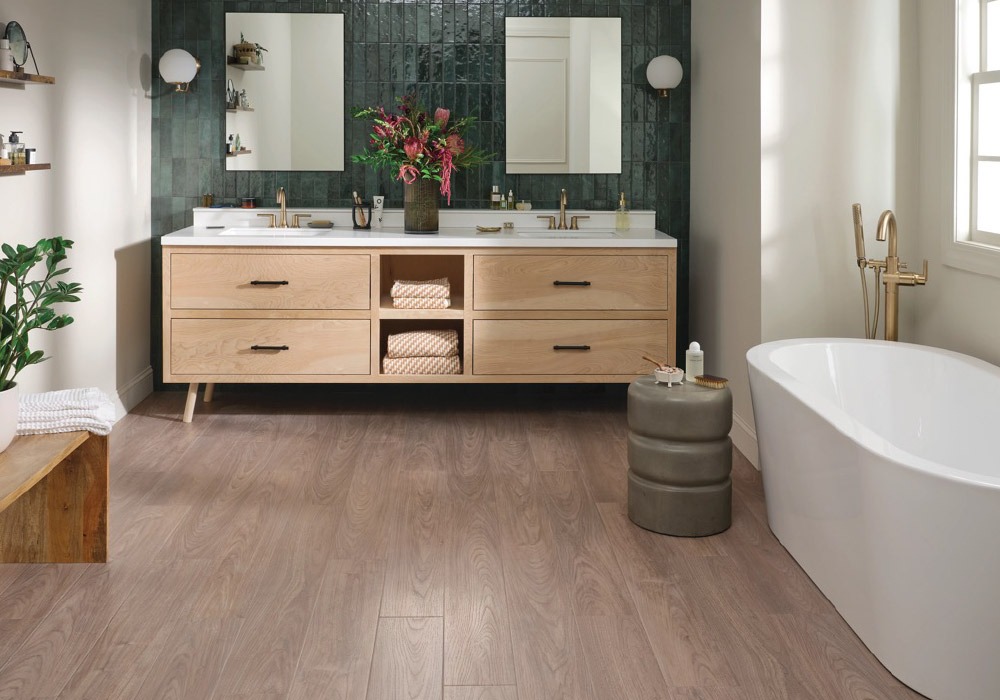
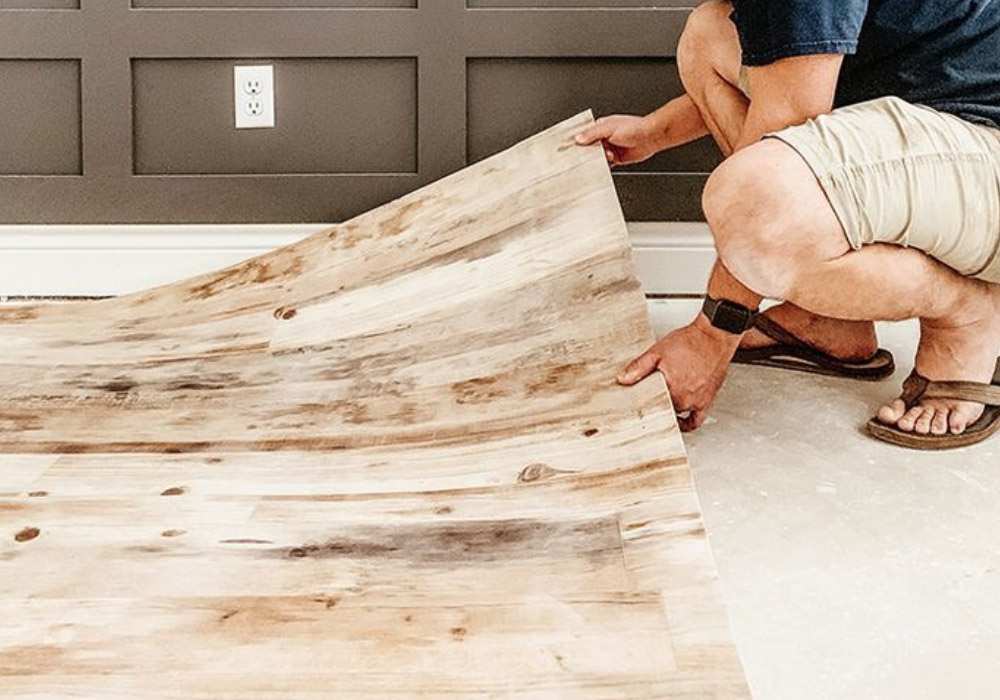
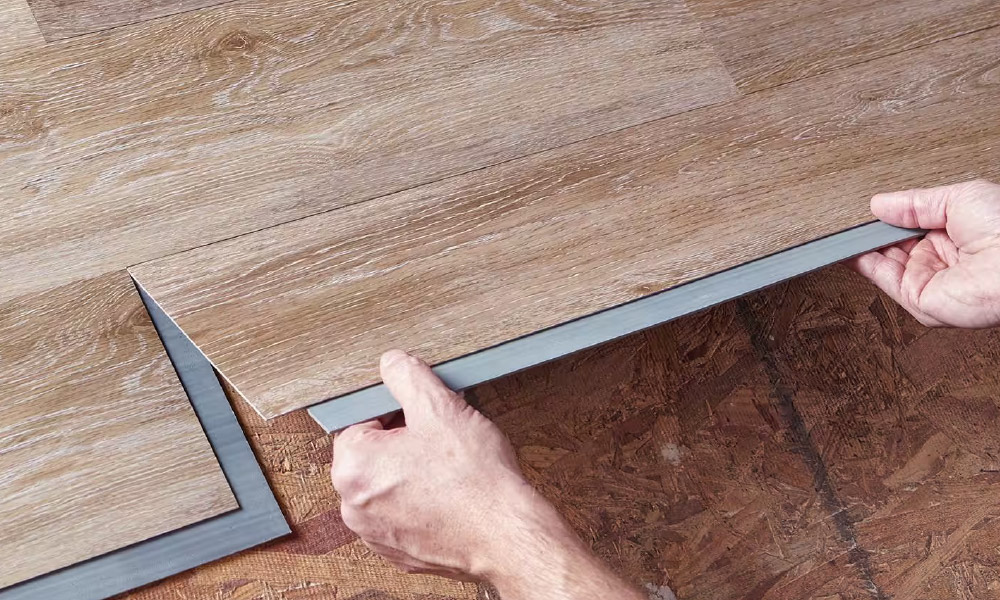
The installation process is one of the biggest differences between luxury vinyl and sheet vinyl, especially if you’re planning to do it yourself.
Luxury vinyl planks and tiles are generally more DIY-friendly. Planks often come with a click-lock system that lets them snap together without the need for glue, creating a “floating floor.” Tiles follow a similar process, though they may require more precise cuts around edges. Both options can usually be installed over existing floors, as long as the surface is clean and level.
Sheet vinyl, on the other hand, takes a bit more skill. It comes in large rolls that need to be carefully measured and cut to fit the space. This can be tricky in rooms with toilets, cabinets, or other obstacles. It also has to be glued down, and the subfloor needs to be smooth to avoid bumps or imperfections. While a pro can install sheet vinyl quickly, it’s generally more challenging for a DIY project compared to luxury vinyl.
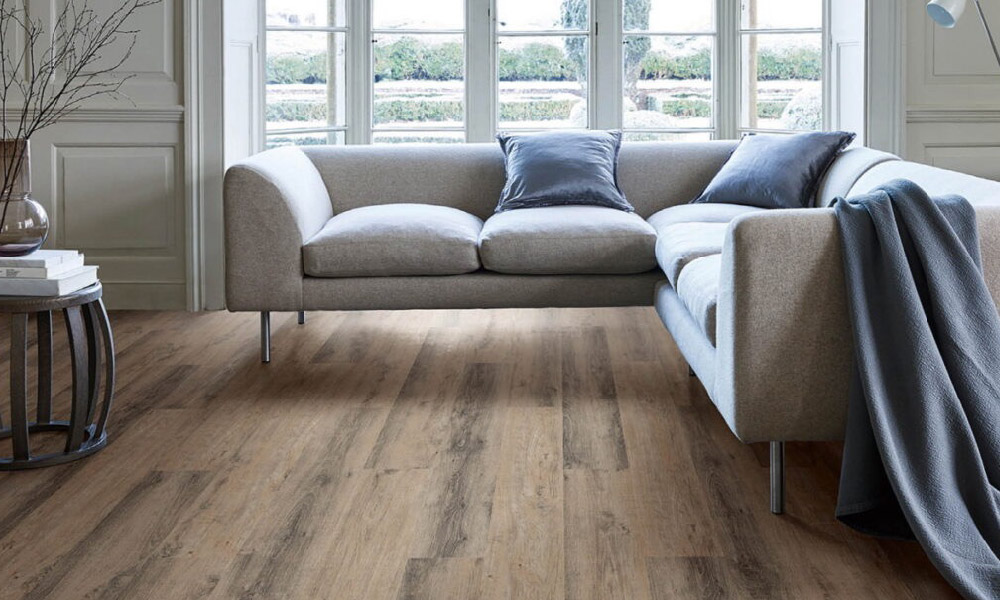
One of the most significant distinctions between sheet vinyl and luxury vinyl is their aesthetic appeal. This factor often heavily influences a homeowner's decision when choosing between these flooring options.
Luxury vinyl does a great job of copying the look of real wood, stone, or tile. Thanks to modern printing and added texture, planks and tiles have a realistic appearance and even feel similar to the material they’re imitating. That three-dimensional detail makes a big difference when it comes to creating a natural look.
Sheet vinyl and vinyl sheet flooring is available in countless patterns and designs, including some that imitate wood or tile floor. However, due to its continuous nature, sheet vinyl might not provide the same level of realism as individual luxury vinyl pieces. The patterns in sheet vinyl can appear more repetitive, and the flat surface lacks the textured feel of luxury vinyl. That said, modern sheet vinyl has significantly improved in terms of design quality compared to linoleum flooring or older vinyl products.
Budget considerations often play a crucial role in flooring decisions, especially when comparing luxury vinyl with laminate flooring options. When comparing sheet vinyl vs luxury vinyl, there are noticeable differences in both materials and installation costs.
Sheet vinyl flooring is generally less expensive than luxury vinyl, with prices ranging from $0.50 to $3 per square foot for the material. Installation costs for sheet vinyl typically run between $1 and $2 per square foot, making it an economical choice for budget-conscious projects.
Luxury vinyl planks and luxury vinyl tile, on the other hand, usually cost between $2 and $7 per square foot for materials alone. Installation can add another $2 to $5 per square foot, depending on the complexity of the project. While this makes luxury vinyl more expensive initially, many homeowners find that the added durability, ease of repair, and enhanced aesthetics justify the higher upfront cost.
Carpet Exchange offers both options, with luxury vinyl displayed prominently in specialty flooring stores due to its premium status.
Great for quick upgrades or rental properties
May be more cost-effective long-term thanks to easier repairs and longer lifespan
Both sheet vinyl and luxury vinyl are water-resistant, but they handle moisture in slightly different ways.
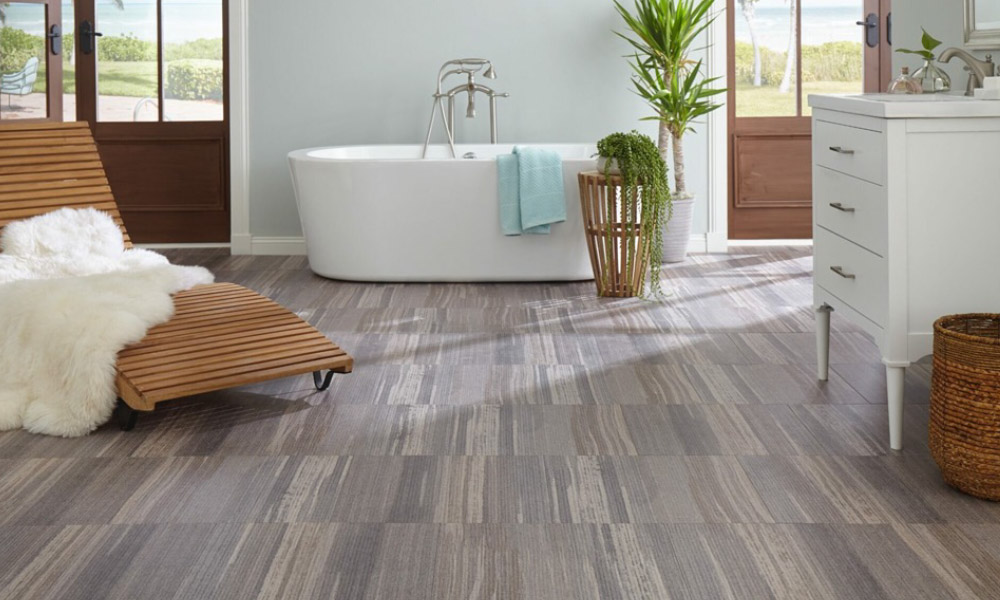
Sheet vinyl is often considered more waterproof because it’s installed in one large piece with almost no seams. This makes it a great choice for bathrooms, kitchens, or laundry rooms where spills and splashes happen often. With fewer gaps, there’s less chance for water to reach the subfloor.
Luxury vinyl planks and tiles are also waterproof, but they do have seams between each piece. Most high-quality products are tightly sealed and have a water-resistant core, which helps protect against moisture. Still, if the seams aren’t installed properly or get damaged over time, water can sometimes seep through. Even so, many luxury vinyl options are rated as 100% waterproof and can safely be used in any room, including those with higher humidity.
The physical experience of walking on flooring is an often overlooked but important consideration, especially when comparing luxury vinyl to laminate flooring. Both sheet vinyl and luxury vinyl offer different levels of comfort and acoustic properties, similar to those found in laminate flooring.
Luxury vinyl flooring is typically thicker than sheet vinyl, ranging from 2mm to 15mm or more. This additional thickness, often bolstered by cork or foam underlayment, provides more cushioning underfoot. The vinyl flooring may also include acoustic dampening properties that reduce noise transmission, making it quieter to walk on. This can be especially important in multi-story homes or apartments.
Sheet vinyl, while thinner (usually 1-2mm), can still provide a comfortable walking surface. However, it generally offers less insulation against cold subfloors and less sound absorption than its luxury counterpart. The vinyl comes in various thicknesses, so choosing a higher-quality sheet vinyl can help mitigate some of these concerns. Flooring is also available with added foam backing for improved comfort, though this typically increases the cost.
As environmental awareness grows, more homeowners are considering the ecological impact of their flooring choices. Vinyl flooring offers both advantages and disadvantages from an environmental perspective.
Many vinyl and vinyl sheet flooring has updated manufacturing to embrace environmental impact. Many manufacturers have developed low-VOC vinyl products that meet or exceed indoor air quality standards. Vinyl flooring may also present challenges for recycling at the end of its life cycle.
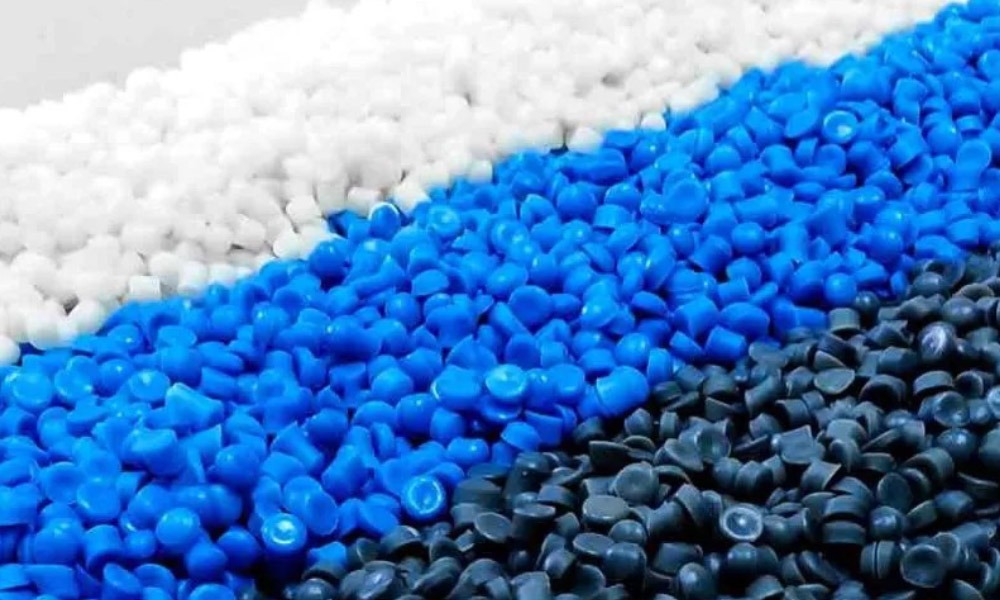
Luxury vinyl might offer some environmental advantages over sheet vinyl. Some luxury vinyl manufacturers have implemented recycling programs and incorporated recycled content into their products. Certain brands have also eliminated phthalates and other potentially harmful chemicals from their manufacturing processes.
Additionally, the longer lifespan of luxury vinyl means less frequent replacement and, consequently, less material ending up in landfills. When choosing vinyl flooring options, look for products with environmental certifications like FloorScore® or GreenGuard to ensure they meet stringent standards for air quality.
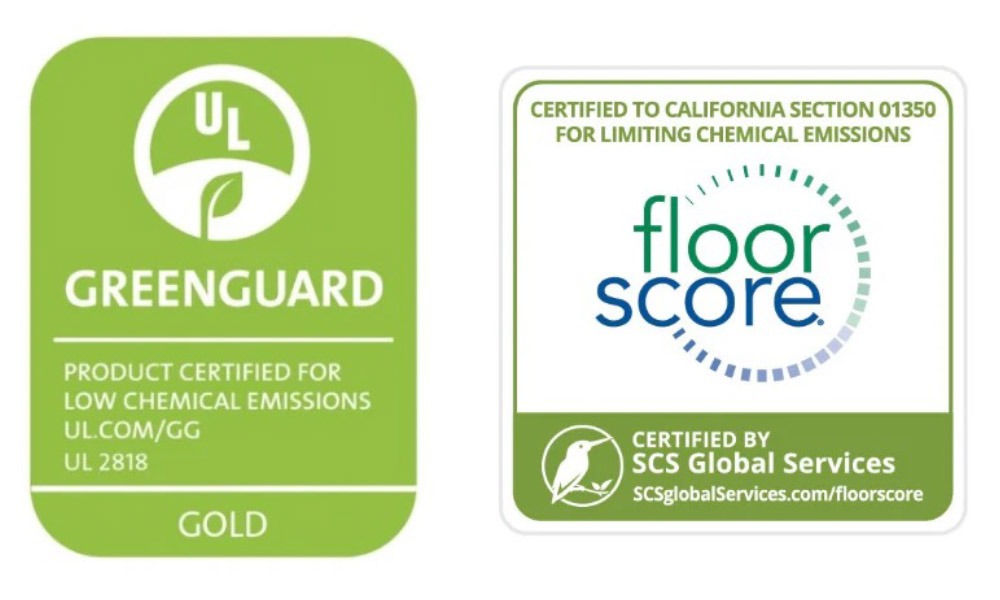
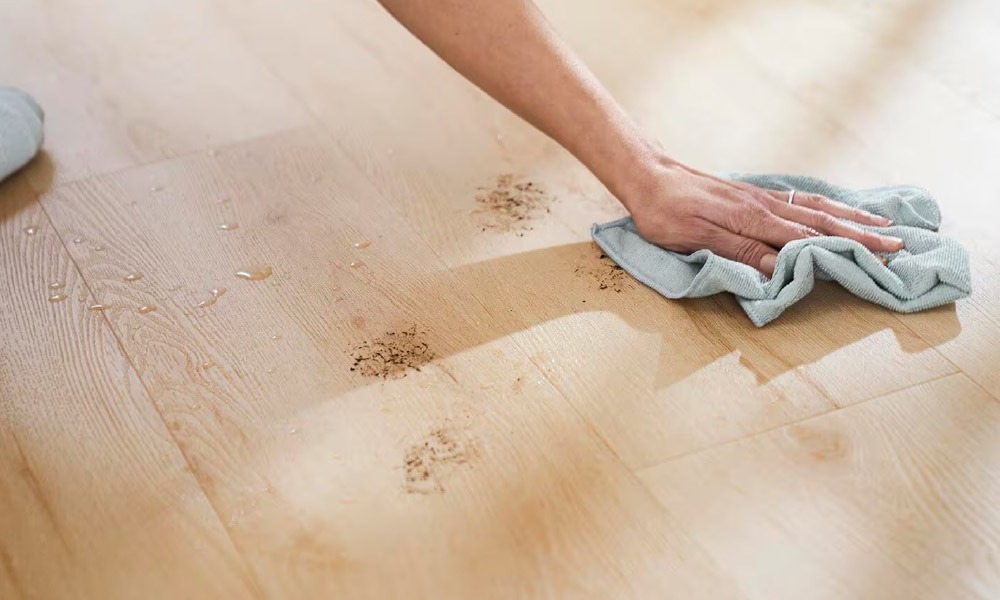
Both luxury vinyl and sheet vinyl are low-maintenance, which makes them a popular choice for busy households.
Luxury vinyl planks and tiles are easy to keep clean. Regular sweeping or vacuuming with a hard floor attachment, plus an occasional damp mop with a gentle cleaner, is usually all it takes. The protective top layer helps guard against scratches and stains, and if a plank gets damaged, you can replace just that piece.
Sheet vinyl is also simple to care for. Like luxury vinyl, it just needs regular sweeping and light mopping. But because it's one big sheet, it can be more prone to tears if something sharp scrapes or drags across it. It’s a good idea to be extra careful when moving furniture. Also, while sheet vinyl handles spills well, standing water—especially around seams—should be cleaned up quickly to avoid damage.
Choosing luxury vinyl for your home comes with specific advantages and disadvantages that should be carefully weighed against your flooring needs.
Sheet vinyl presents its own set of benefits and drawbacks that make it better suited for certain applications.
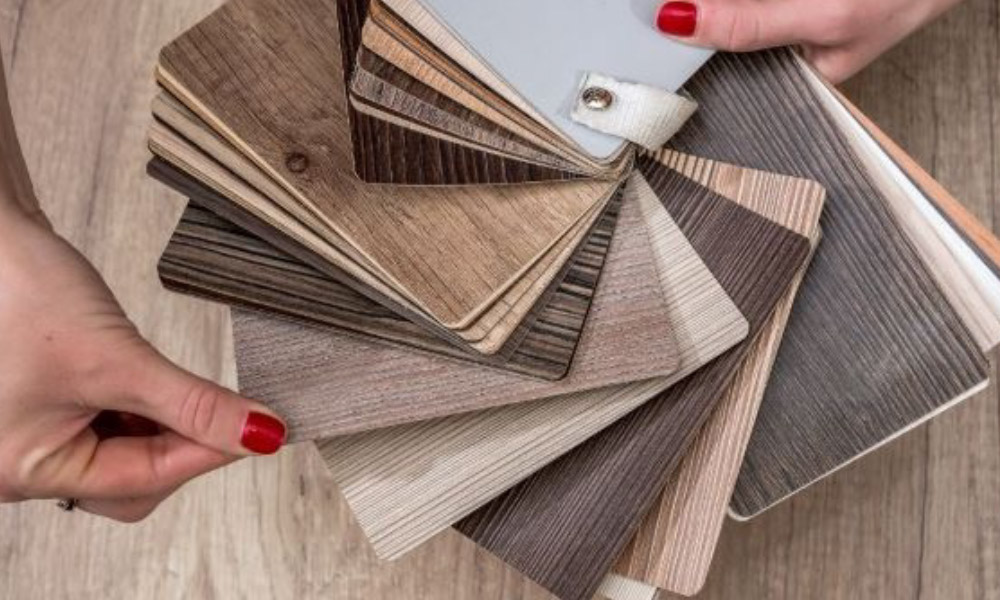
When deciding between sheet vinyl and luxury vinyl, several factors should influence your decision to ensure you select the flooring that best meets your specific needs, especially if you're considering wood flooring.
Consider the room where the flooring will be installed. For bathrooms and other moisture-prone areas, sheet vinyl's seamless installation might provide better protection. For living rooms and bedrooms where aesthetics are paramount, luxury vinyl might be the better choice compared to traditional vinyl or even wood flooring.
Budget is another key factor. Sheet vinyl is more affordable upfront, while luxury vinyl costs more but can be more durable and easier to repair in the long run.
Installation preferences matter too. DIY enthusiasts might find click-lock luxury vinyl planks easier to work with than sheet vinyl, which requires precise measuring and cutting. Flooring is also a long-term investment, so consider how long you plan to stay in your home and the potential return on investment.
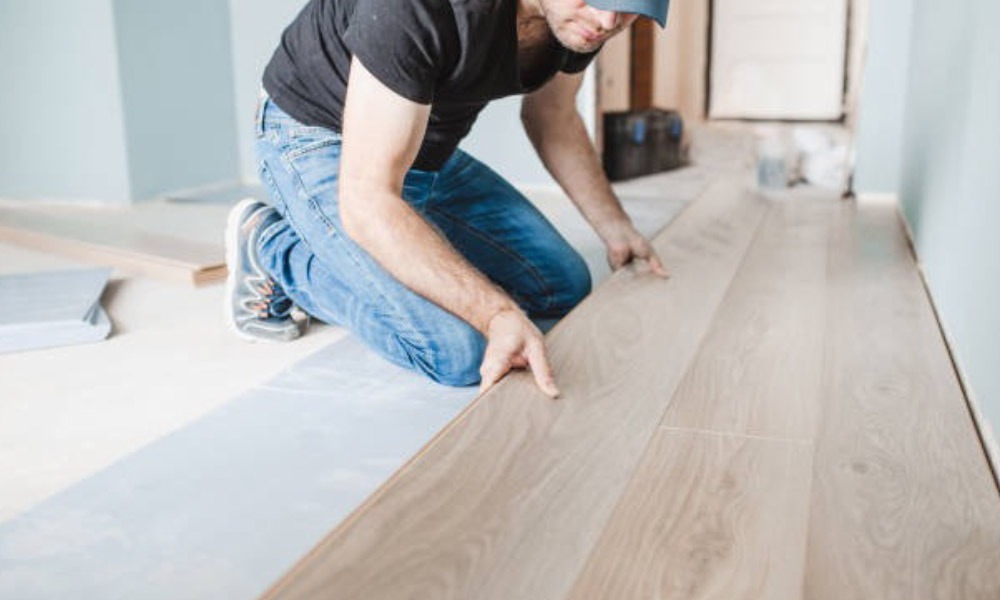
Finally, consider foot traffic. High-traffic areas like hallways or kitchens benefit from luxury vinyl’s thicker wear layers, while sheet vinyl might work just fine in guest rooms or low-use areas.
At the end of the day, there’s no one-size-fits-all answer. Both sheet vinyl and luxury vinyl have their strengths. The best choice depends on your space, how it’s used, and what matters most to you—whether that’s budget, looks, or low maintenance.
Whichever one you go with, today’s vinyl flooring options are durable, water-resistant, and stylish enough to work in just about any room.